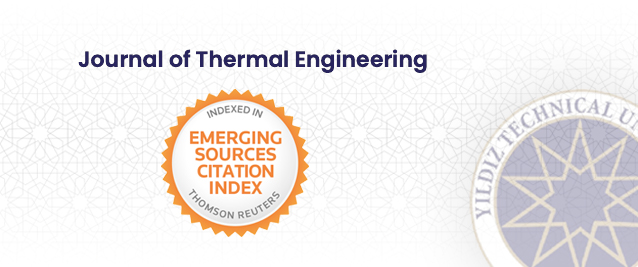Abstract
In the last three decades, many researchers have published their findings on the storage of thermal energy using various phase transition materials (both organic and non-organic). One of their goals was to have a higher heat storage capacity with a shorter heat charging cycle for thermal energy storage. This study looked into a floating capsule thermal energy storage system (TESS). A number of spherical capsules filled with beeswax were placed in a paraffin-filled cylindrical shell. With heat transfer fluid flowing through three hexagonal tubes arranged at 120° inside the TESS core, the two phase change materials (beeswax with a thermal conductivity of 0.25 W/mK and paraffin with a thermal conductivity of 0.23 W/mK) were charged and discharged. For the proposed TESS, a mathematical model was created and utilised to forecast thermal energy storage capacity and charging/discharge times for various configurations. In TESS, a 70–30% mixture of the two PCMs results in a 21.5 percent increase in heat storage capacity when beeswax alone is used, and an 8.4 percent decrease in storage capacity when paraffin alone is used. For a heat storage capacity of 7300 kJ, the model estimates charging and discharging times of around 2.6 and 3.2 hours, respectively.























